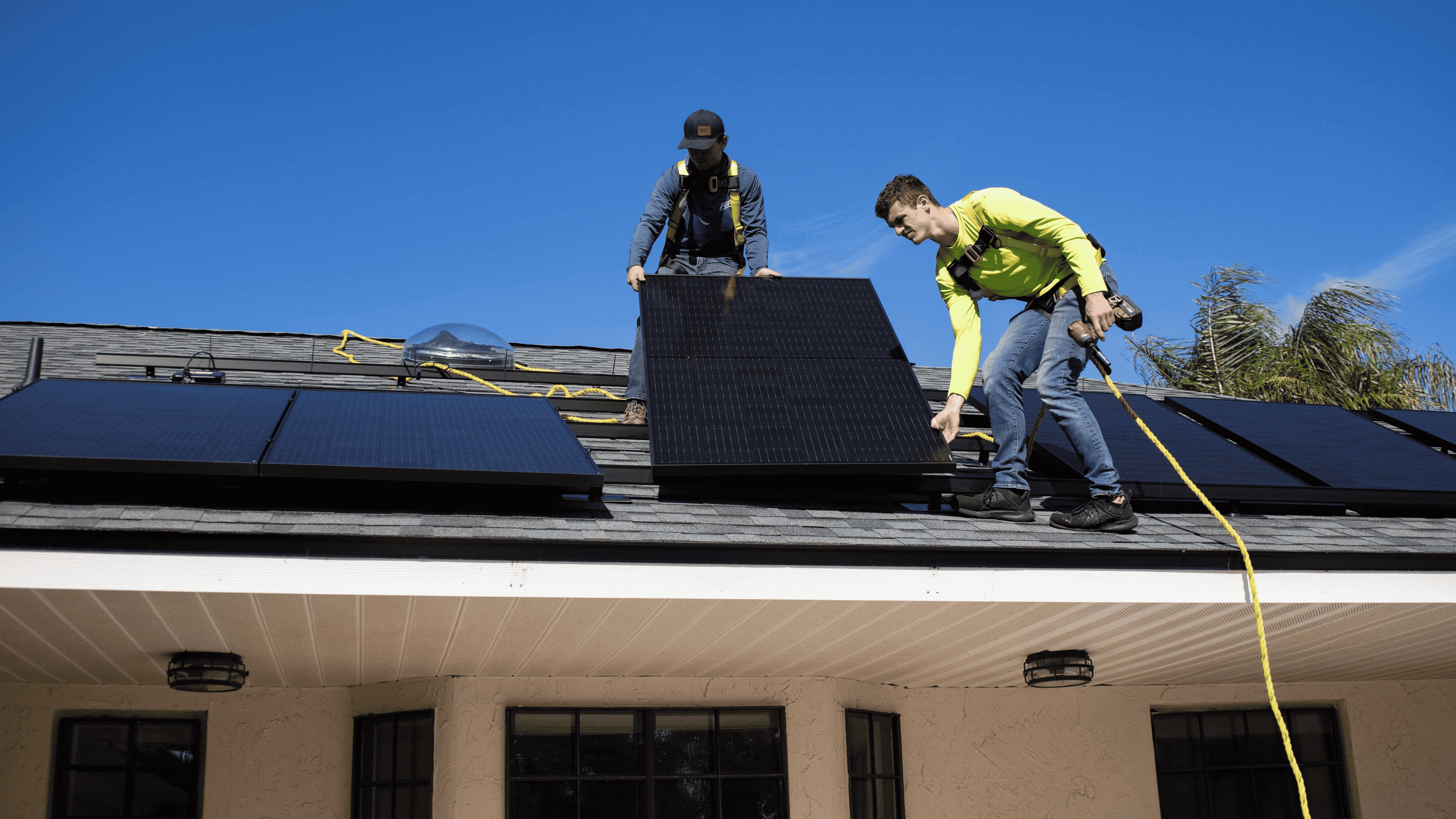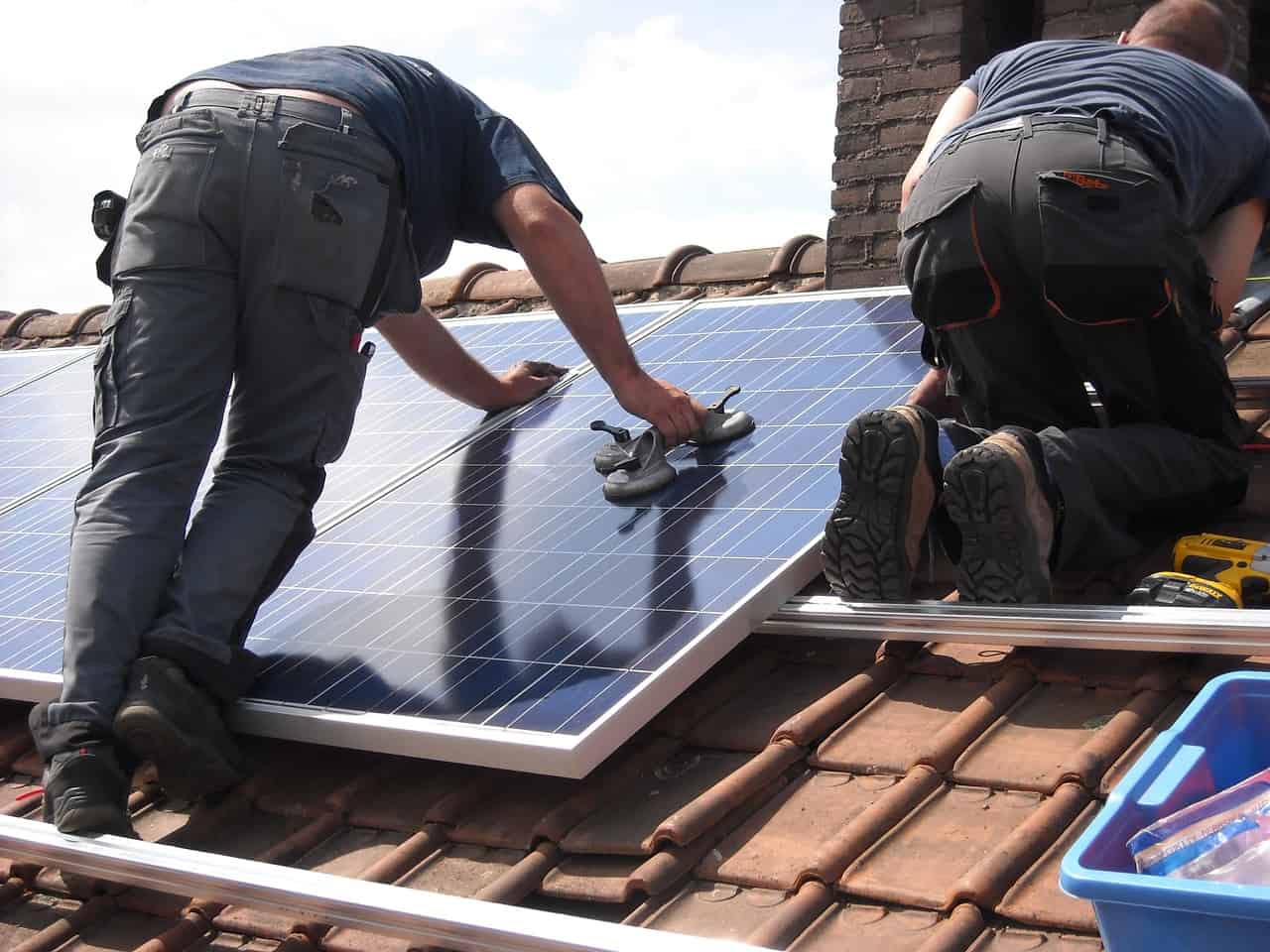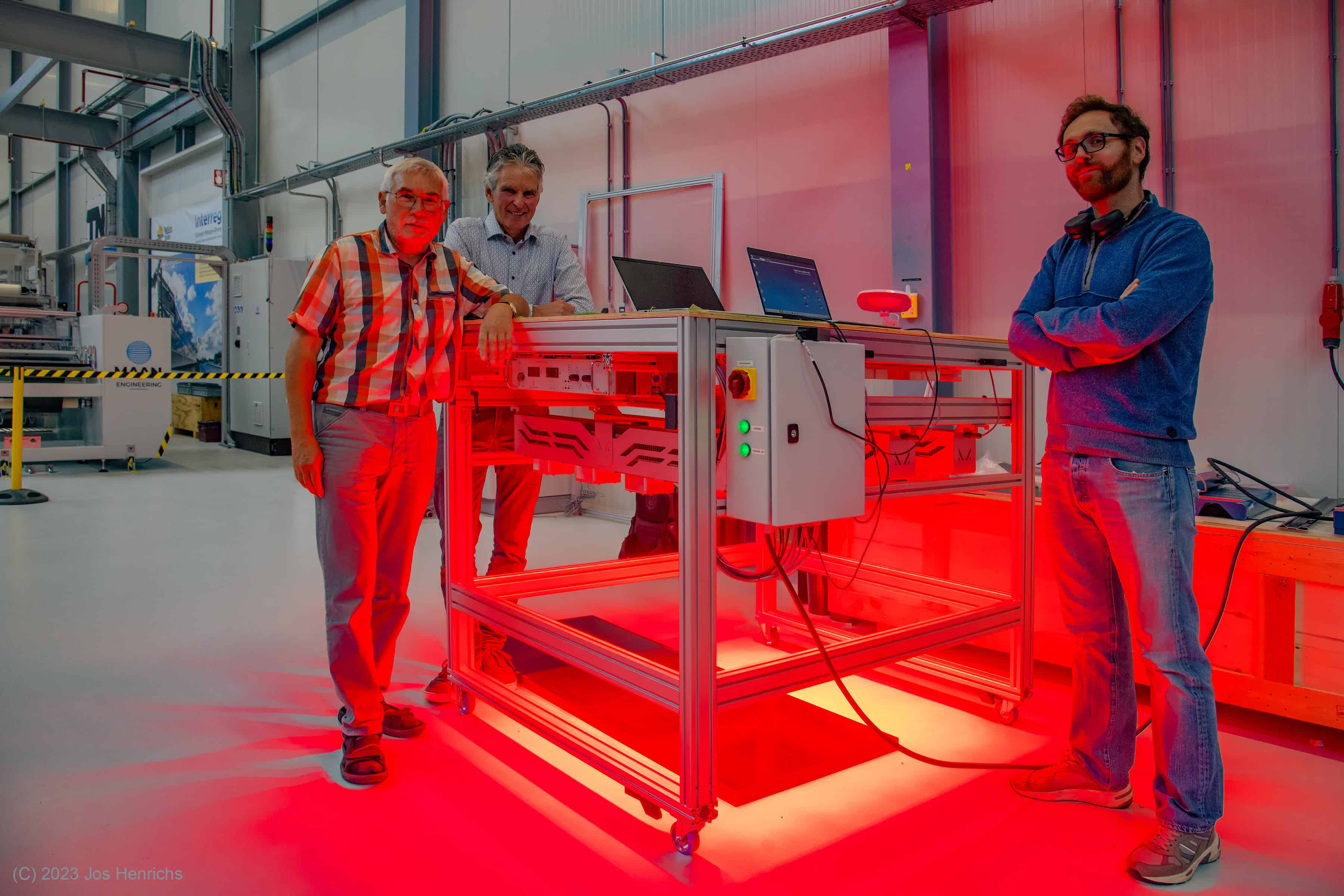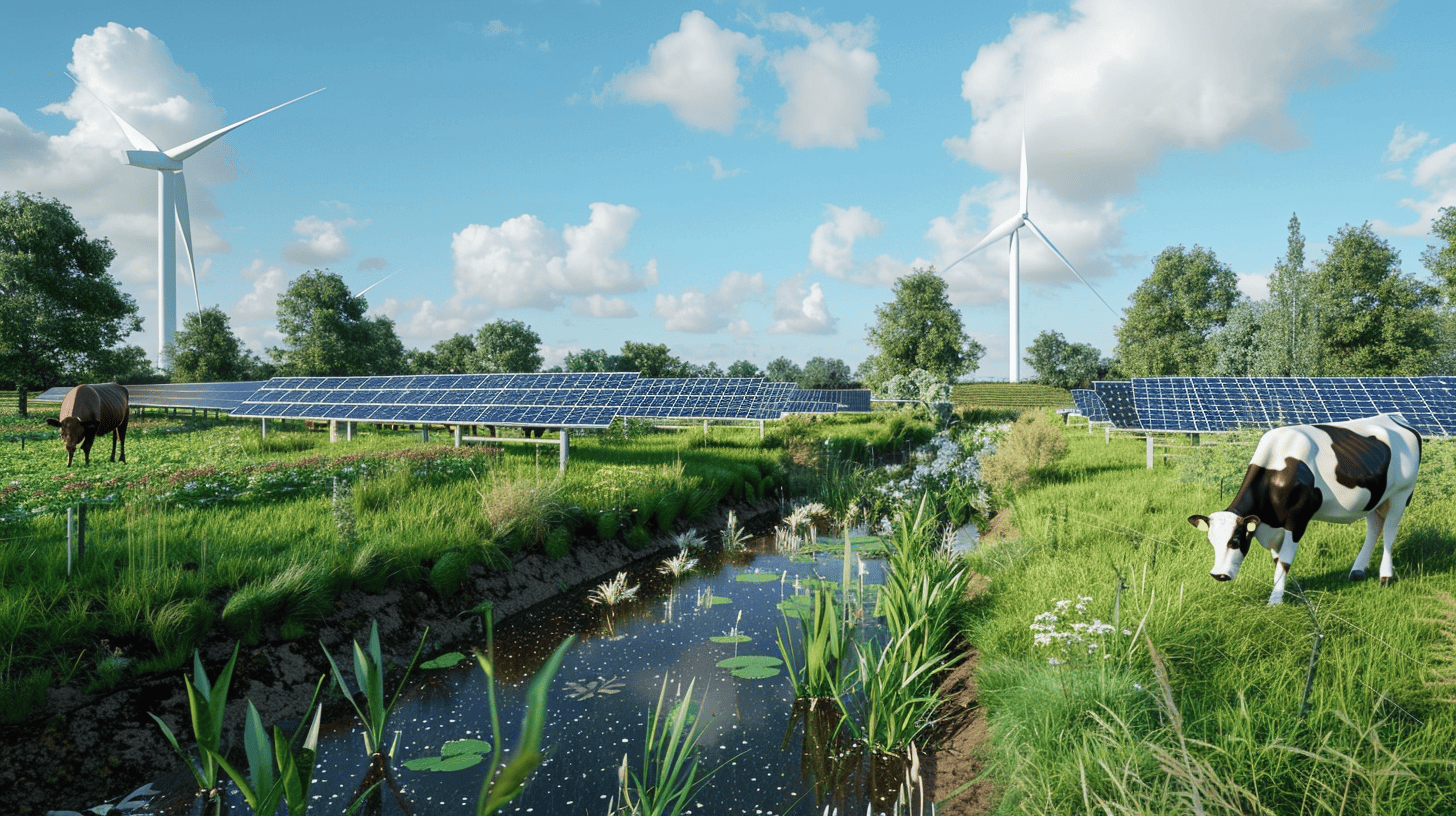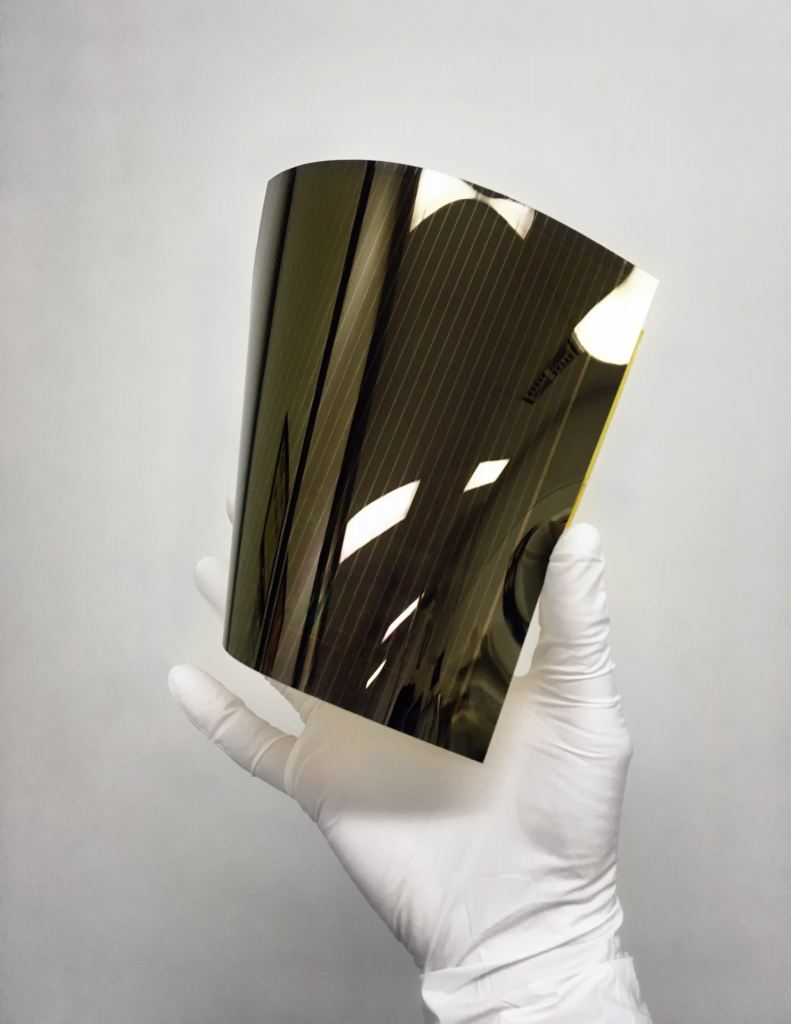
At the High Tech Campus, Solliance is working hard to make solar panels more efficient. The Eindhoven company came out today with the news that the top layers of the cells have become more transparent again and the cells reach an efficiency of 26.3%, while the record is 26.6%.
That all sounds very nice, but what does that actually mean? Programme Director of Solliance, Ronn Andriessen, explains what these figures mean and how the company makes the solar cells as efficient as possible.
“A certain amount of light shines on a panel and you want to convert as much of it as possible into electricity. One of the ways to do this is to improve the technology of the solar cell itself. An example of this is silicon cells, which have already achieved 26.6% efficiency. But what you can also do is combine two different types of solar cells. The light from the sun comes in a very broad spectrum, which is impossible to completely absorb with one type of material. There is a theory that says that with one type of material you can never achieve a higher efficiency than 32%.”
In order to achieve a higher efficiency, you have to make use of two or more types of materials. “One is then sensitive to the blue side of the spectrum, the other to the red side. With this combination, you can achieve a higher efficiency. The theoretically predicted maximum is 39%. After that you can continue by, for example, adding a third material. In this way, you can gradually achieve ever-increasing efficiency.” Solliance uses this technology and combines a silicon cell with a perovskite-based solar cell. According to Andriessen, these two materials complement each other naturally: “Perovskite absorbs the blue spectrum very well and silicon absorbs the red spectrum very well. They are actually quite complementary by nature. If you combine these, you can achieve efficiency of up to 31 to 32% in practice. We have now taken a small step in this direction. We are not there yet, we have not yet reached the record level of silicon, but we are very close.” Because there are now two layers that convert light into electricity, it is important that the upper layer allows as much light coming through as possible. Whereas the first Solliance cells only allowed 80% of the light to pass through, they have now achieved a transparency of 93%.
To break the record, there is still a lot of work to be done, but according to Andriessen, it will happen this year: “We could gain a few percents. We can make the interlayer layers more complex, then we can achieve even more.”
But technical possibilities are of course completely different from products you can buy. The cells will initially be made on glass, but in the end, it is intended that this type of solar cells will also be made on film. Before that happens, there is still a lot to be done and how long it will take is primarily up to industry according to Andriessen: “In our case, it actually depends on the industrial traction we get. But we now have a number of companies on board that would like us to produce roll to roll.”


